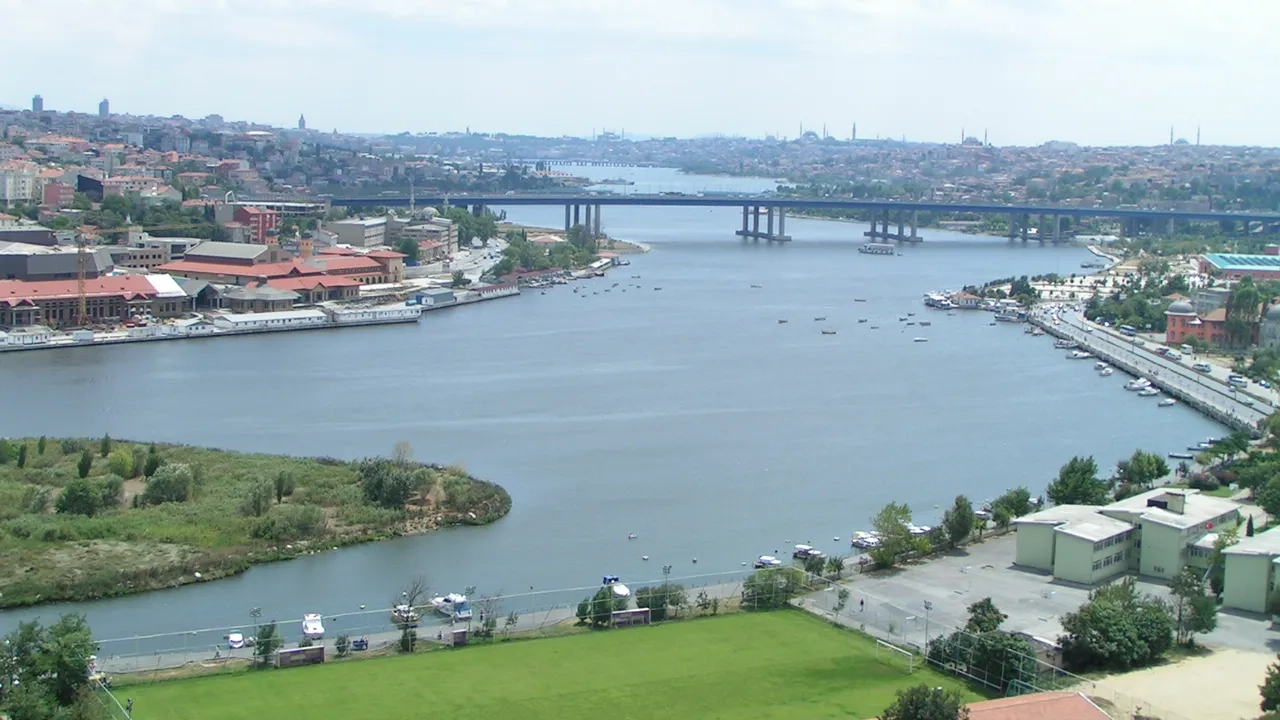
Chora Church in Istanbul
Chora Church in Istanbul is one of the most beautiful Byzantine landmarks in Turkey, renowned for its unique architecture and stunning decorations that exemplify the art of mosaics and frescoes from the medieval period. This artistry led to its conversion into a museum, allowing visitors to explore its rich history and delve into Byzantine culture through the remarkable works of art it houses.
Construction of Chora Church
Chora Church is characterized by its distinctive historical construction, making it one of the most prominent archaeological sites in Istanbul. It is a sought-after destination for tourists eager to learn about Turkish antiquities and explore the ancient civilizations that inhabited the republic throughout history.
Design of Chora Church
Today, the church stands as a significant architectural landmark, reflecting a deep history and rich heritage. The building comprises a two-story nave in the northern part, along with an inner and outer narthex, and the funerary chapel in the south, which constitute the five main sections of this notable architectural site. The second major renovation began in 2013, which saw the restoration of the nave and the two-story structures on the northern side of the building, along with most of the inner narthex, while construction work began on the outer narthex and the sanctuary during this period.
The magnificent mosaics inside depict the lives of Christ and the Virgin Mary, filling most of the interior spaces with their intricate details. Not to be overlooked is the "Christ Pantocrator" mosaic, which portrays Christ and Mary with two donors, a key element in the inner narthex under the right dome. Stunning mosaics depicting Mary, the infant Jesus, and their ancestors can be seen on the left dome of the narthex.
The three mosaics in the nave depict Christ, Mary, the infant Jesus, and the Dormition of the Virgin Mary, significant works of art that convey history and spirituality. A side chapel known as the funerary chapel was built to the right of the nave for the burial of the church’s founder and his relatives and friends, adorned with frescoes that depict life after death and the resurrection. The extraordinary works by artists, such as the "Anastasis" fresco and numerous celestial murals, showcase artistic beauty and depth, making this architectural site not just a religious place but also an important historical and artistic stop.
History of Chora Church
The church you see today is not the original version but has been rebuilt several times, with notable reconstructions occurring in the 11th, 12th, and 14th centuries. During the reign of Emperor Andronikos II, who ruled between 1282 and 1328, Theodore Metochites, a poet, and scholar who held a significant position in the Byzantine treasury, was responsible for funding most of the interior decorations, including the famous mosaics and lesser-known yet impressive frescoes. The "Christ Pantocrator" mosaic, considered one of the most beautiful in the museum and visible above the entrance to the nave in the inner narthex, is among the works created under Theodore’s patronage.
Conversion to a Mosque
The current design of the church has been preserved since it was rebuilt in the 11th century and was further developed into its final form through renovations carried out between 1316 and 1321. When Constantinople was conquered by Sultan Mehmed the Conqueror in 1453, Chora Church was not damaged and continued to serve as a church for a long time. Under the reign of Sultan Bayezid II, the building was converted into a mosque in 1511 by the Grand Vizier Hadim Ali Pasha, and a madrasa (Islamic school) was added at that time.
Conversion to a Museum
Chora Church was converted into a museum in 1945 and subsequently underwent extensive cleaning and restoration between 1947 and 1958. During this period, the 14th-century mosaics and frescoes were uncovered, giving the building its present appearance.
Location and Access to Chora Church
Chora Museum is located in the Edirnekapı district and was formerly known as Chora Church. The name "Chora" comes from ancient Greek, meaning "countryside" or "suburbs," due to its location outside the walls of Constantinople, which marked the city's boundaries during the Byzantine period.
Enjoy a Unique Tour of Istanbul’s Historical Landmarks with Skyline Tourism
During your visit to Turkey, don’t miss the opportunity to explore its archaeological sites, which take you back in time on a fascinating journey. Skyline Tourism is always ready to organize exceptional programs tailored to your travel goals.









